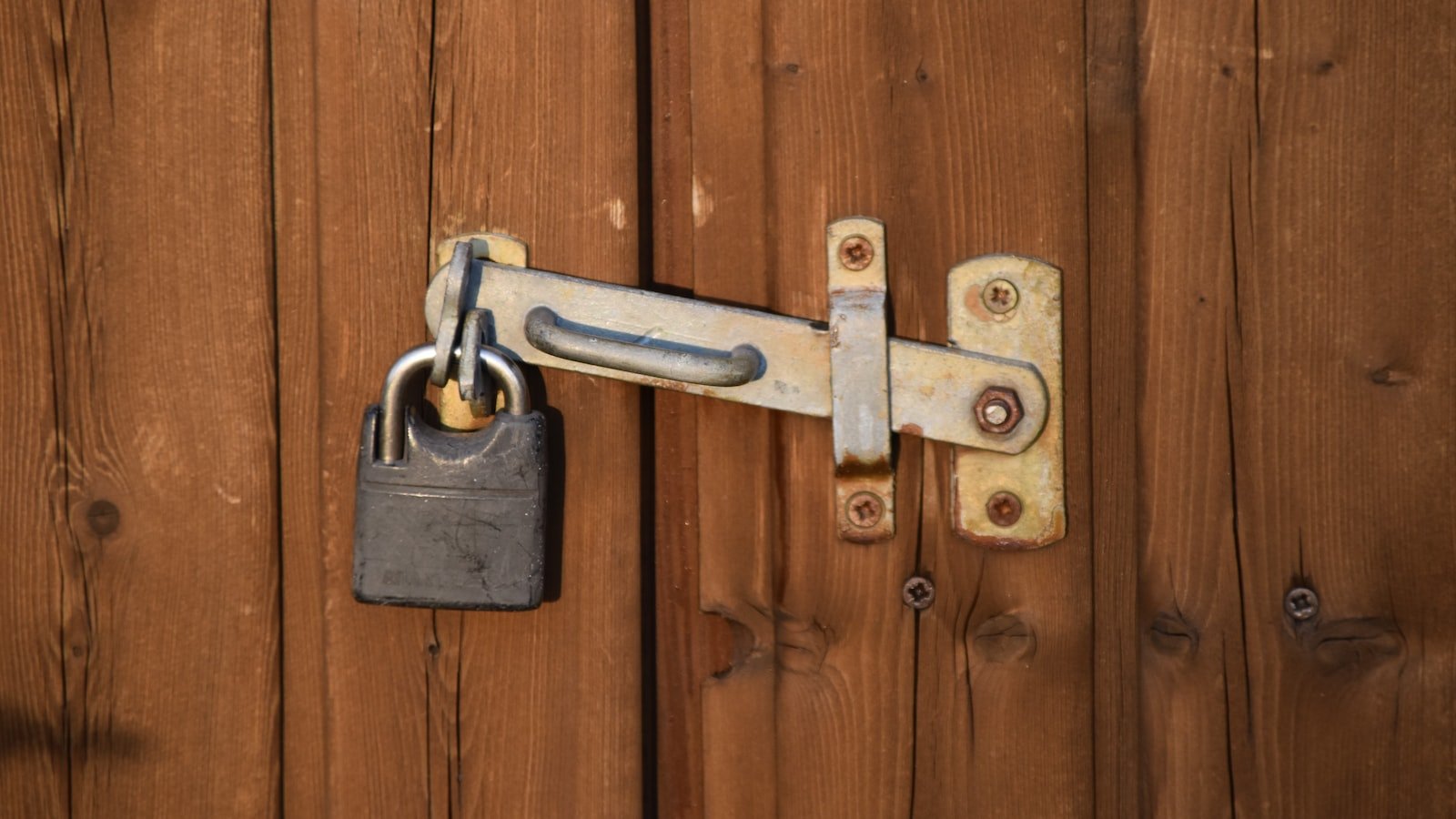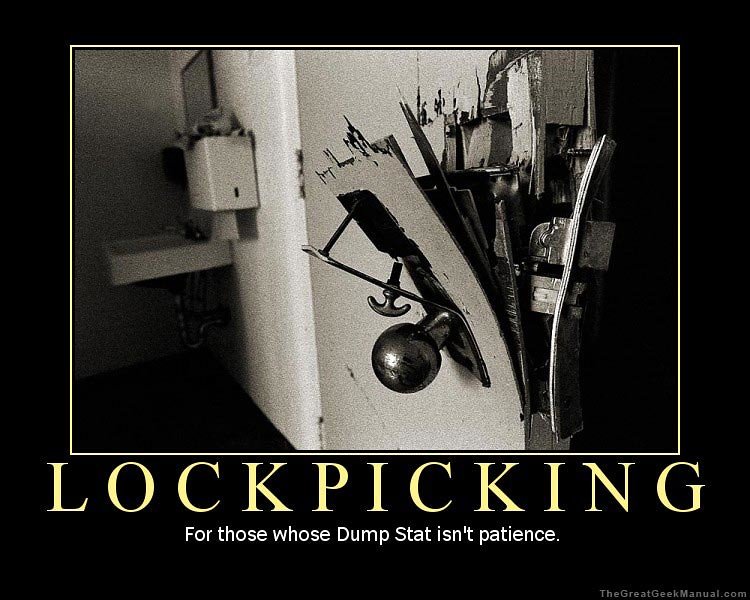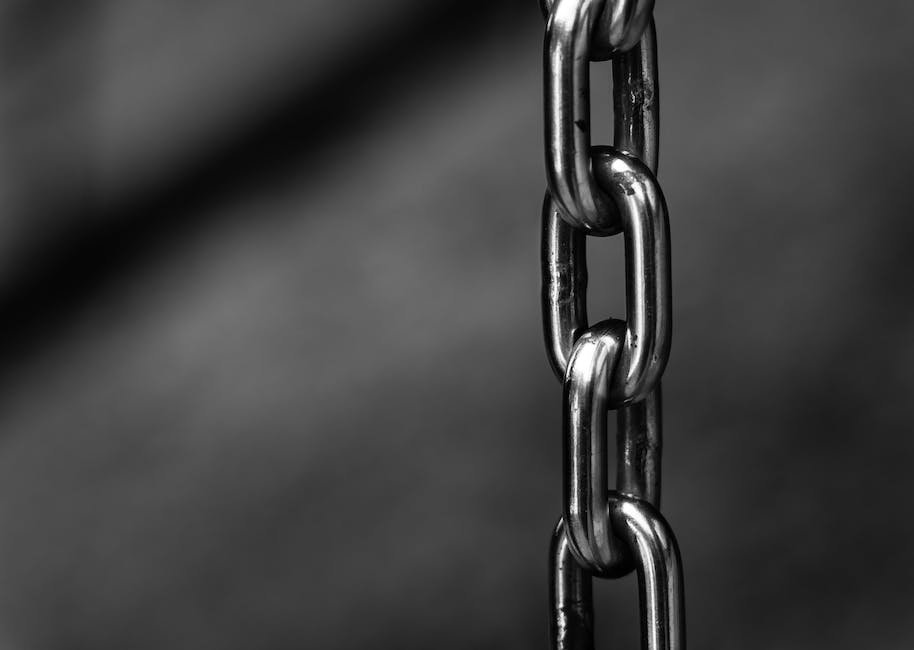Lock picking is often associated with the mysterious and crafty world of espionage and thievery. From classic Hollywood films to intricate puzzle boxes, the art of manipulating locks has captivated our imagination for centuries. At the heart of this clandestine skill lies the elusive shear line—an enigmatic boundary that holds the key to unlocking the secrets hidden within. Without a doubt, understanding the role of the shear line in lock picking is a pivotal step towards unraveling this age-old art form. In this article, we delve into the mesmerizing world of lock picking, peering behind the curtain of mystery to shed light on the intricate dance that occurs between a lock’s pins and the ever-elusive shear line. Prepare to embark on a journey where knowledge and intuition merge, as we explore the crucial interplay that allows locks to be picked, and boundaries to be overcome.
Table of Contents
- Understanding the Shear Line in Lock Picking
- Exploring the Importance of the Shear Line in Picking Locks
- Unraveling the Mechanics of the Shear Line in Lock Picking
- Effective Techniques for Manipulating the Shear Line in Lock Picking
- Mastering the Art of Lock Picking through Shear Line Control
- Q&A
- Concluding Remarks

Understanding the Shear Line in Lock Picking
Lock picking is a fascinating skill that requires a deep understanding of the internal mechanics of a lock. One crucial concept that every aspiring locksmith or hobbyist must grasp is the shear line. The shear line refers to the thin gap between the inner cylinder and the outer casing of a lock. It is within this tiny space that the magic of lock picking occurs.
The shear line acts as the dividing point between the driver pins and the key pins. When a key is inserted into a lock, its unique series of grooves and valleys align with the corresponding pins, allowing them to reach the shear line. This alignment is crucial because only when all the pins align perfectly at the shear line, can the plug rotate and ultimately unlock the lock.
Understanding the shear line is essential for anyone interested in the art of lock picking. By realizing its significance, lock pickers can manipulate the pins in such a way that they reach the shear line, enabling them to open the lock without the original key. It requires patience, skill, and a keen eye to master the delicate dance between the pins and the shear line, but the satisfaction of successfully picking a lock is incomparable.

Exploring the Importance of the Shear Line in Picking Locks
When it comes to the art of lock picking, one crucial element that cannot be overlooked is the shear line. This tiny space between the lock’s cylinder and the housing is where the magic happens, allowing lock pickers to manipulate the pins and grant access to what lies beyond.
The shear line is essentially a fault line, a separation point that determines the lock’s state of being locked or unlocked. When all the pins are correctly aligned, the shear line allows the lock’s core to rotate freely, allowing the lock to be opened. It’s like solving a puzzle, a delicate dance between the pick and the pins, which, when performed proficiently, grants the lock picker access to their desired destination.
Understanding the importance of the shear line is paramount for any aspiring lock picker. Without this knowledge, their attempts at opening locks would be akin to a blind rooster hoping to find grain. The shear line is, in essence, the gateway to unlocking countless possibilities, providing a glimpse into the intricate mechanics that secure our doors and safeguard our possessions.
Key points to remember about the shear line:
- The shear line is the space between the lock’s cylinder and housing.
- It determines whether a lock is locked or unlocked.
- The correct alignment of pins is essential to manipulate the shear line.

Unraveling the Mechanics of the Shear Line in Lock Picking
Lock picking is a fascinating skill that requires a deep understanding of the mechanics behind the shear line. To unravel the secrets of this crucial element, we must first delve into the intricate workings of locks themselves.
At its core, a lock consists of several components, including a cylinder, a plug, and a set of pins. The shear line is the thin gap between the plug and the cylinder, where the pins rest when the lock is in the locked position. It is this gap that we manipulate when picking a lock.
To successfully pick a lock, we must manipulate each pin within the lock cylinder until each one reaches the shear line. This delicate process is like a symphony, requiring precise timing and finesse. As we apply tension to the plug, the driver pins and key pins must be perfectly aligned to create an even shear line.
Understanding the mechanics of the shear line is crucial in lock picking. It allows us to carefully manipulate the pins, one by one, until they align and grant us access. The process requires both intuition and practice, as we train our senses to detect the subtle feedback that reveals the alignment of each pin.
So, the next time you find yourself marveling at the art of lock picking, remember the importance of unraveling the mechanics of the shear line. It is the key that unlocks the world of possibilities hidden behind locked doors.

Effective Techniques for Manipulating the Shear Line in Lock Picking
Lock picking is both an art and a science, requiring skill, precision, and a deep understanding of the mechanisms at play. One of the fundamental techniques in lock picking is manipulating the shear line, a critical step to gaining access to the locked mechanism. Here, we explore a range of effective techniques that can help you master this crucial skill.
1. *Tension Control:* The key to manipulating the shear line lies in mastering tension control. Apply slight pressure with your tension wrench, ensuring it is stable and consistent throughout the process. Remember, too much tension can hinder your ability to manipulate the shear line, while too little will yield no results.
2. *Single Pin Picking:* A widely used technique, single pin picking involves manipulating the individual pins that make up the shear line. Start by lightly touching the bottom pins, gradually increasing pressure until you feel a subtle click. Repeat this process, aiming to find the binding pin and gradually raising it until all pins are set.
3. *Raking Technique:* This technique involves using a rake pick to rapidly slide over the pins, attempting to set them as you go. This method is particularly useful for pin-tumbler locks with multiple binding pins. Apply moderate tension and use a variety of raking motions, such as up and down, zig-zag, or side to side, until you successfully manipulate the shear line.
Remember, lock picking should always be approached within legal boundaries and for educational purposes only. These techniques require practice, patience, and a deep understanding of lock mechanics. Now that you have a better understanding of effective techniques for manipulating the shear line, put your skills to the test and continue to develop your expertise in the fascinating world of lock picking.
Mastering the Art of Lock Picking through Shear Line Control
Unlocking the secret to lock picking lies in the mastery of shear line control. By understanding this fundamental technique, one can gain access to locked doors and uncover a hidden skill that only a select few possess. Shear line control is the art of manipulating the pins within the lock to create a seamless alignment between the inner and outer cylinders.
To truly excel in lock picking, one must hone their tactile finesse and develop a deep understanding of the lock’s mechanics. A key aspect of shear line control is the delicate balance between tension and precision. Applying just the right amount of pressure to the tension wrench while carefully manipulating each pin with a lock pick is crucial. By exerting gentle force, the pins gradually align, causing the shear line to separate, and ultimately granting access to the lock.
Experimentation and practice are paramount when it comes to mastering shear line control. Through hands-on training and careful observation, one can begin to unravel the intricate dance between spring tension and pin manipulation. Lock picking enthusiasts often employ various tools and techniques, such as raking, bumping, or single-pin picking, to explore different avenues of shear line control. It is this constant exploration and determination that sets apart those who have truly mastered the art of lock picking through shear line control.
Q&A
What is the shear line in lock picking?
The shear line is the gap between the inner cylinder and the outer casing of a lock. When the pins in the lock are aligned correctly, the shear line is also aligned, allowing the lock to be turned and opened.
Why is the shear line important in lock picking?
The shear line acts as a crucial dividing line between the inner cylinder and the outer casing of a lock. It needs to be correctly aligned in order to separate the lock’s pins and allow the lock to be manipulated and opened.
How does the shear line affect lock picking?
When the shear line is correctly aligned, it allows the lock picker to manipulate the pins inside the lock, typically using tools like picks and tension wrenches. By precisely adjusting the pins and aligning the shear line, the lock can be unlocked without a key.
What happens if the shear line is not aligned?
If the shear line is not properly aligned, the pins inside the lock will block the keyway, preventing it from turning. This renders the lock unpickable, as it requires the pins to be correctly aligned with the shear line in order to manipulate them and open the lock.
What techniques are used to align the shear line?
Lock pickers use various techniques to align the shear line, such as single pin picking, raking, or bumping. These techniques involve manipulating the pins to align them with the shear line by applying tension and manipulating the pins until they reach their correct positions.
Is the shear line the only factor in lock picking?
While the shear line is a critical component in lock picking, other factors such as pin binding, tolerances, and skill of the lock picker also come into play. A thorough understanding of the lock’s internal mechanisms and the ability to manipulate them effectively are also necessary for successful lock picking.
Concluding Remarks
As we conclude this intriguing exploration into the captivating world of lock picking, we have marveled at the intricate dance between the tumbler pins and the shear line. The shear line, a hidden protagonist in the art of locksmithing, holds tremendous power within its minuscule boundary. It emerges from the depths of cunningly-designed locks, inviting skilled pickers to dance their way through its elusive gaps.
As we have discovered, the shear line embodies the delicate balance between the key pins and driver pins, concealing the secret threshold that separates success from failure. It becomes the fulcrum upon which destiny teeters, gifted only to those with nimble fingers and unwavering dedication. The shear line’s ethereal presence fluctuates between tolerance and resistance, requiring lock pickers to exercise finesse and precision in their delicate choreography.
Our journey has unfurled the hidden secrets behind the role of the shear line in lock picking. From the subtle alignment of pins to the delicate transfer of energy, we have witnessed the triumph of human ingenuity over seemingly insurmountable barriers. The shear line, a silent sentinel guarding the realm of security, has been unraveled through our exploration.
Yet, as we bid farewell to this chapter, let us remember that knowledge is but a mere tool. In the hands of the wise, it instills awe-inspiring breakthroughs and fuels progress. However, in the hands of the malicious, it breeds chaos and threatens the very foundations of trust. With newfound wisdom, we must embrace not only the feats of the lock pickers but also the responsibilities that accompany such skill. May the secrets unveiled within these pages illuminate the path towards a world where the dance with the shear line is choreographed with integrity and purpose.
In awe of the lock picker’s craft, we step away from this enlightening odyssey, leaving behind the intimate connection between the shear line and the enigmatic realm of lock picking. With hearts filled with admiration for the artisans who master this profound art, let us contemplate the magic of the shear line, forever intertwined with the enigmatic allure of locks and the captivating pursuit of unlocking their secrets.
As an affiliate, my content may feature links to products I personally use and recommend. By taking action, like subscribing or making a purchase, you’ll be supporting my work and fueling my taco cravings at the same time. Win-win, right?
Want to read more? Check out our Affiliate Disclosure page.